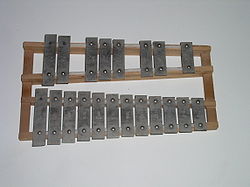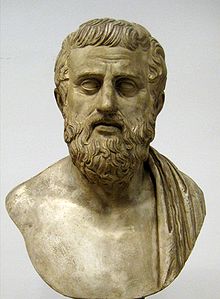Allan Holdsworth (6 August 1946 – 15 April 2017)[1] was a British guitarist and composer. He released twelve studio albums as a solo artist and played a variety of musical styles in a career spanning more than four decades, but is best known for his work in jazz fusion.
Holdsworth was known for his advanced knowledge of music, through which he incorporated a vast array of complex chord progressions and intricate solos; the latter comprising myriad scale forms often derived from those such as the diminished, augmented, whole tone, chromatic and altered scales, among others, resulting in an unpredictable and “outside” sound. His unique legato soloing technique stemmed from his original desire to play the saxophone. Having been unable to afford one, he strove to use the guitar to create similarly smooth lines of notes. He also become associated with playing an early form of guitar synthesizer called the SynthAxe, a company he endorsed in the 1980s.
Holdsworth was cited as an influence by a host of rock, metal and jazz guitarists such as Eddie Van Halen,[2] Joe Satriani,[3] Greg Howe,[4] Shawn Lane,[5] Richie Kotzen,[6] John Petrucci,[7] Alex Lifeson,[8] Kurt Rosenwinkel,[9] Yngwie Malmsteen,[10] Michael Romeo,[11] Ty Tabor,[12] and Tom Morello.[13] Frank Zappa once lauded him as “one of the most interesting guys on guitar on the planet”,[14] while Robben Ford has said: “I think Allan Holdsworth is the John Coltrane of the guitar. I don’t think anyone can do as much with the guitar as Allan Holdsworth can.”[15]
Source: Allan Holdsworth – Wikipedia


